Souls games and Soulslikes have never been more popular. As a die-hard FromSoft fan, I couldn’t be happier, but most recent Soulslikes are missing an important piece of the puzzle—and it’s holding them back from reaching their true potential.
Over the last few years, we’ve been graced by some outstanding approximations of the FromSoftware formula. Think of Wo Long: Fallen Dynasty, Nioh 2, and the near-masterpiece, Lies of P. It’s clear developers other than FromSoftware can deliver exceptional Soulslikes, and it can only be a good thing for fans of the genre.
These games have a lot of good things in common, like top-tier combat, bombastic boss fights, and solid build diversity, all of which are key components of the Souls schematic. But they’re missing something vital. The one thing that makes Souls games easy to get lost in, gratifying to explore, and endlessly replayable, with a surreal sense of mystery and wonder that other games fail to capture: An interconnected world with branching paths, optional content, and myriad secrets to find.
Live by the sword, die by the sword
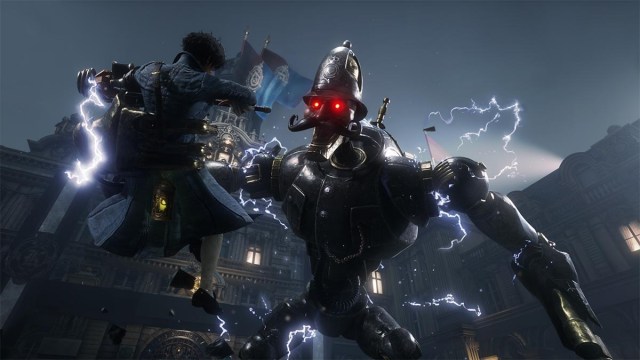
Soulslike developers tend to overfocus on combat difficulty, especially boss fights, and it’s hurting the genre. Don’t get me wrong—I love challenging bosses, but there should be more to these games than combat. Specifically, they need deep and rewarding exploration.
The original Dark Souls’ world design is nothing short of genius. It’s impressively vertical and teeming with secrets from top to bottom. Starting in Firelink Shrine, you can head to Undead Burg, New Londo Ruins, or the Catacombs, or traverse the Valley of Drakes to reach Blighttown or Darkroot Garden. Many of these areas are connected, so you can take a different route each playthrough. The game always feels fresh, especially in its first half and especially when you come back to try a new build.
Bloodborne continues the trend, and while the Souls sequels are a bit more linear, Elden Ring blows the doors off the hinges. Mainstream Soulslikes, with one sole exception (that I’ll talk about at the end), don’t even attempt to rival FromSoftware in this realm, which is a crying shame. Exploration is vital to the Soulslike formula, and constraining players to a linear path doesn’t mesh well with its core ethos. Allow me to explain.
Let’s mix things up a bit
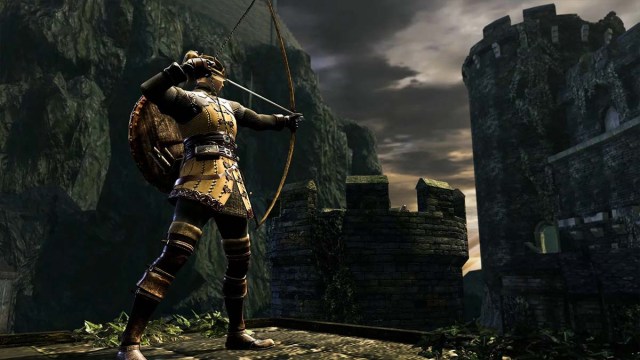
Souls games are difficult. Ruthlessly difficult. So, when you’re stuck on a boss or struggling in a difficult area, it helps if you can head somewhere else for a bit—down a different route or to a different dungeon—for a change of pace, to level up, or to get some new items. Lies of P and most other recent Soulslikes are one-track affairs from start to finish. The only way forward is through, so you have to keep banging your head against the wall until it cracks. Some players love this kind of difficulty, and I sometimes enjoy it myself, but I’d at least like the option to go somewhere else. And that’s what Soulslikes are meant to be about: choice.
Soulslikes have so many weapons and viable builds that they’re substantially more replayable than most games by nature. It’s so much fun to experiment with new combinations, and approaching the game with an entirely new playstyle often totally refreshes the experience. That’s all well and good, but if there’s only one route through the game, those levels quickly get boring. Plus, when there’s little to find off the beaten path, you’ve no incentive to explore, and every run becomes a race from A to B.
Players need to be pushed out of their comfort zones by a desire to discover.
In the Souls games and Elden Ring, your choice of build influences your path through the world. In Dark Souls 3, for example, if you’re playing a Pyromancer, you head to Farron Keep, the Catacombs of Carthus, Smoldering Lake, and then the Demon Ruins to get your spells before approaching the Cathedral of the Deep or Irithyll of the Boreal Valley. In Lies of P, if your weapon of choice comes from the seventh major boss, there’s nothing you can do but push through until then.
Lastly, Soulslikes need lots of secrets and lucrative rewards stashed away in unlikely places. They need optional, missable content off the beaten path to incentivize you to explore and return for a second, third, and fourth playthrough. Soulslikes have brutal, unforgiving, hostile worlds, and players need to be pushed out of their comfort zones by a desire to discover. Venturing into a new area unsure of the dangers ahead but certain there’s valuable loot fosters an enthralling, adrenaline-inducing rush that linear games simply can’t offer.
Other developers should step up to the challenge
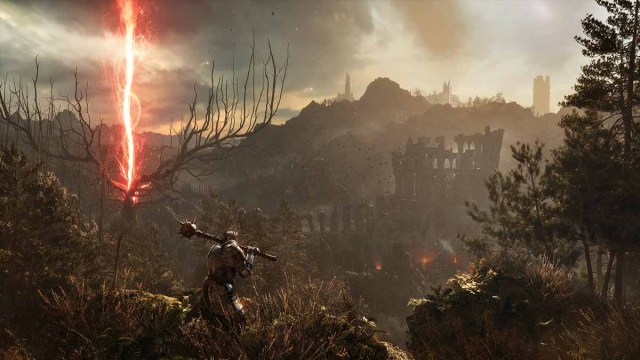
The only Soulslike that does these things right is 2023’s Lords of the Fallen, but it (quite rightfully) was met with harsh reviews from most critics and the community at launch. PC and Xbox players faced substantial performance issues on release, and some players were dissatisfied by its enemy variety. But in my opinion, Lords of the Fallen has the best interconnected world since the original Dark Souls.
You can probably guess that I absolutely loved it, and I still play occasionally just to explore and experiment with new builds. Most areas connect to the hub, Skyrest Bridge; there are long (and perilous) stretches between checkpoints, and every shortcut feels like a lifesaver. Give it a try if you fancy a Soulslike that feels like a love letter to the original Dark Souls with a dash of Diablo.
There’s so much untapped potential for developers to create cleverly designed interwoven worlds that are satisfying to explore in a 3D space, and I sincerely hope more studios take on the challenge. The next mainstream Soulslike, Black Myth: Wukong, is right around the corner, launching on Aug. 20. Will it be any different, or will it continue the trend of linear Soulslikes? If the previews are anything to go by, it’s essentially a boss rush, but I’d love to be surprised.



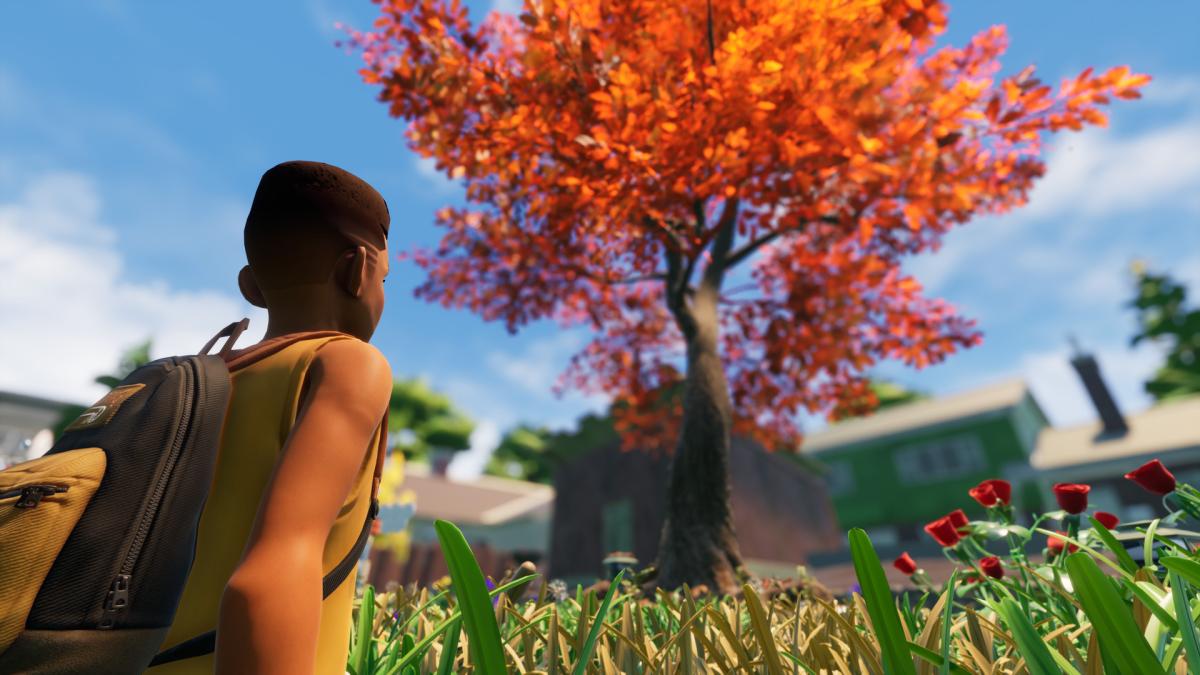
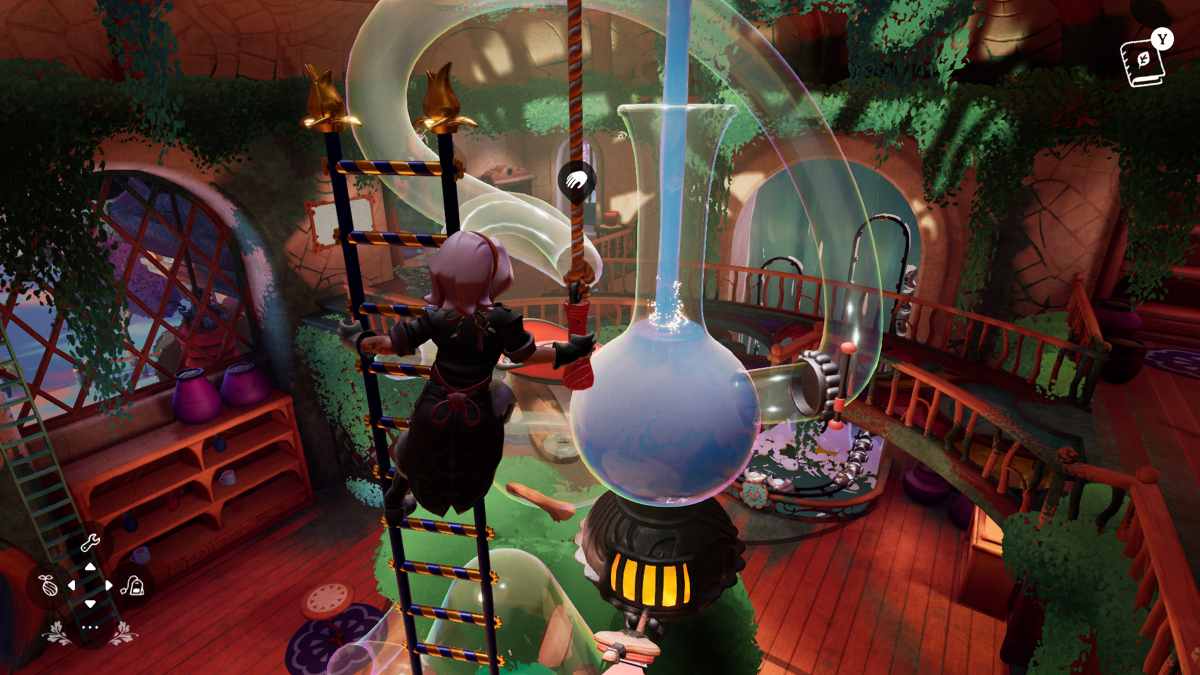

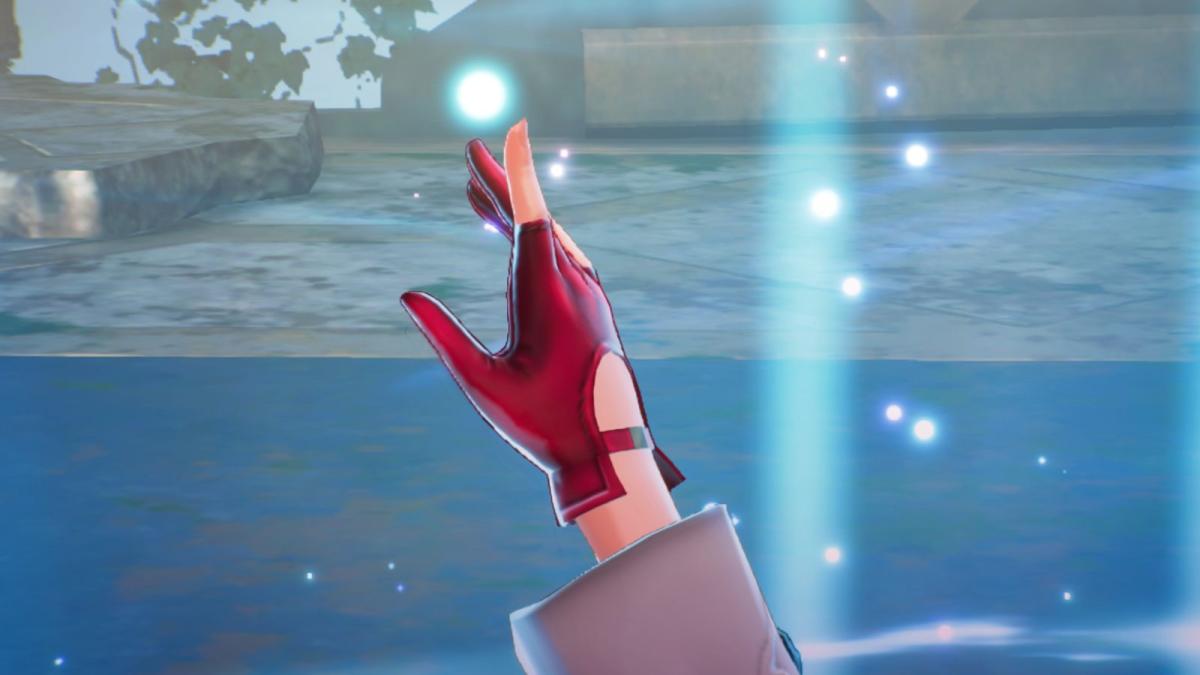

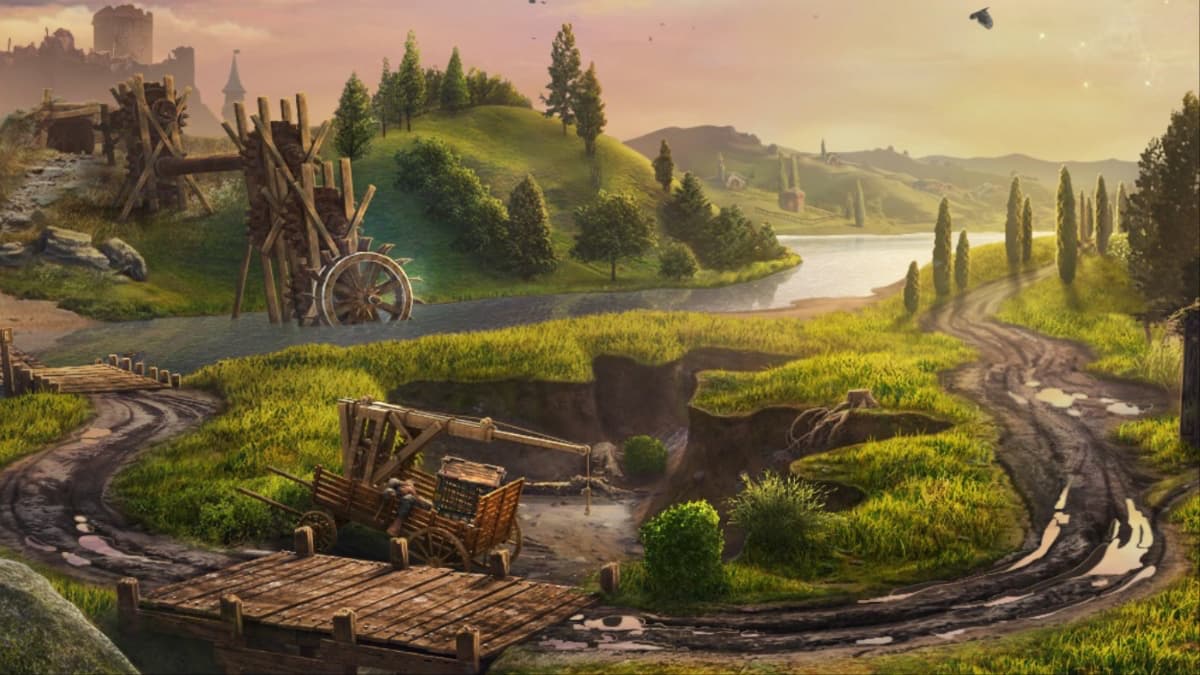
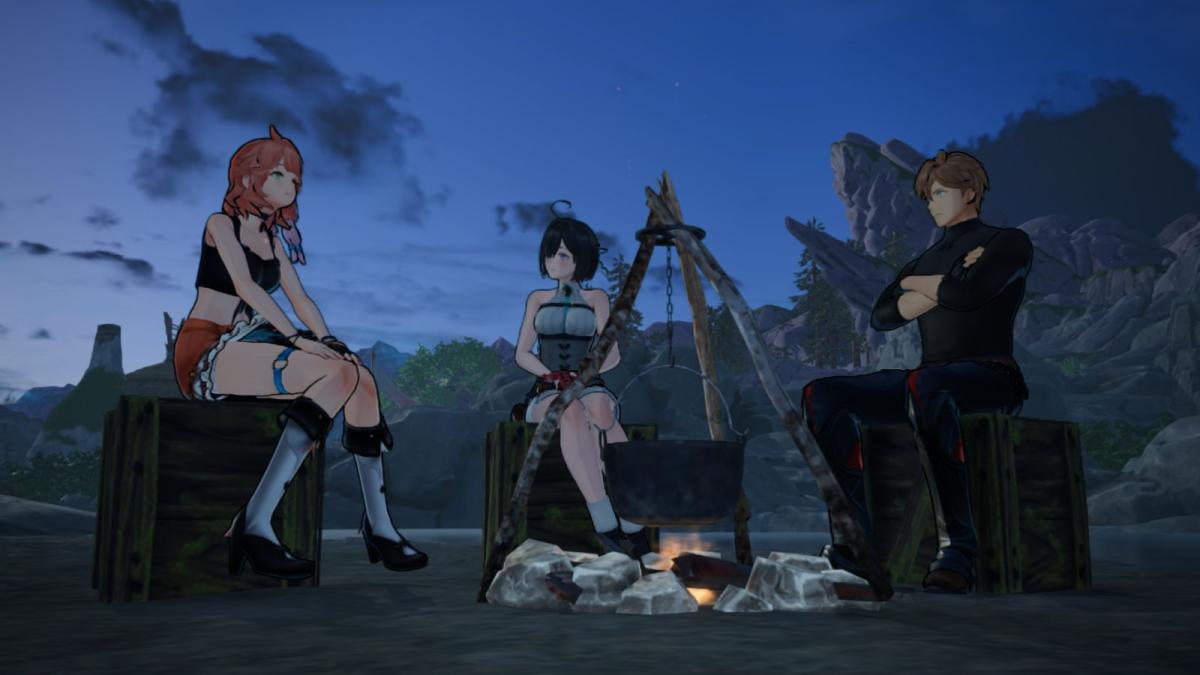
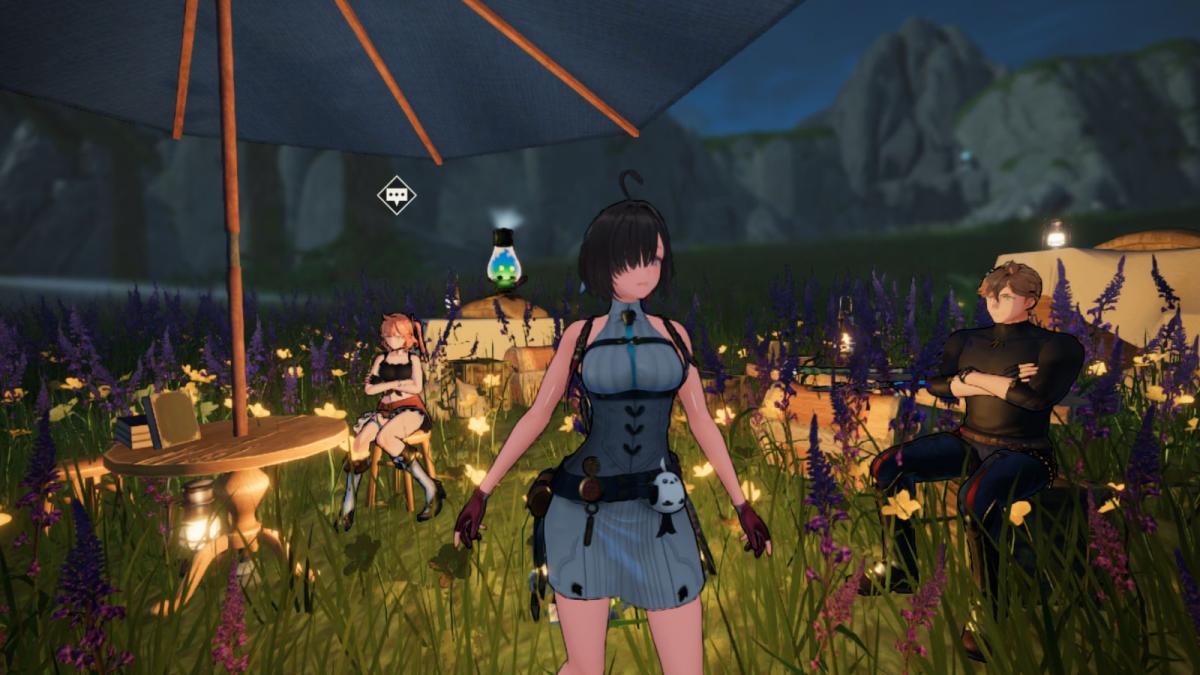

Published: Aug 9, 2024 08:05 am